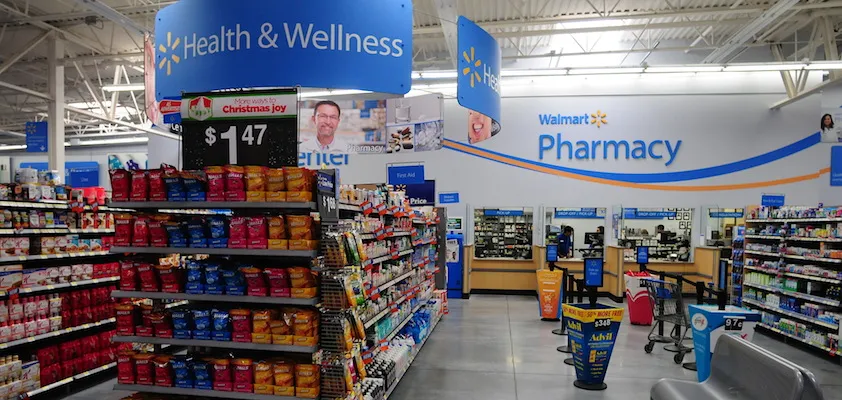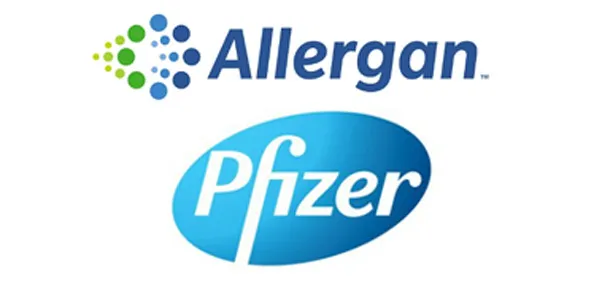NEW YORK — Retailers this month became liable for credit card fraud if they did not upgrade point-of-sale equipment to accept chip-enabled cards.
Chains had to be enabled for so-called EMV (Europay, MasterCard and Visa) cards as of October 1 to avoid liability for fraud. The chip in the cards has a unique encryption code, which should be more secure than magnetic strips on older cards.
Walgreens began accepting EMV chip cards in late September. The new cards — being shipped by most financial institutions and card issuers — require signatures for verification, rather than PINs. Most major retailers, including Walgreens, will be equipped to accept PINs or signatures and are urging card issuers to offer customers chip-and-PIN technology.
Walgreens began transitioning to the new technology more than three years ago when it installed new P-O-S terminals. The company was able to complete its preparation for chip cards this year with the retail and financial industries’ adoption of standards for chip card acceptance. The upgrade involved approximately 60,000 terminals in 8,200 stores.
For consumers, EMV cards have to be dipped, as opposed to being swiped. But for the majority of shoppers — who hadn’t received new chip cards as of the start of the month — nothing changed. They can still use their old magnetic strip card at any retailer.
“While banks have failed to meet their own deadline for converting to chip cards, America’s retailers say that, either way, they are open for business,” Mallory Duncan, senior vice president and general counsel at the National Retail Federation, wrote on the NRF website.
Retailers are further along in the conversion process than credit card issuers, he said, adding that in many cases, the issuers have been unable to grant the necessary software and payment terminal certifications to stores fast enough to meet their own deadlines. “Since retailers can’t use the chip-reading terminals until they are certified by the card companies, many have them in their stores but haven’t turned them on. Until then, customers will have to continue swiping their cards.”
A survey released in September by the NRF found that more than three in five U.S. consumers (62%) believe EMV cards don’t go far enough to protect card data or prevent fraud.
“The chip cards are a step forward, but shoppers are concerned that they don’t go nearly far enough.” Duncan said. “Unless the new cards require the use of a PIN, they will only provide half the safeguards needed to stop increasingly sophisticated criminals.








